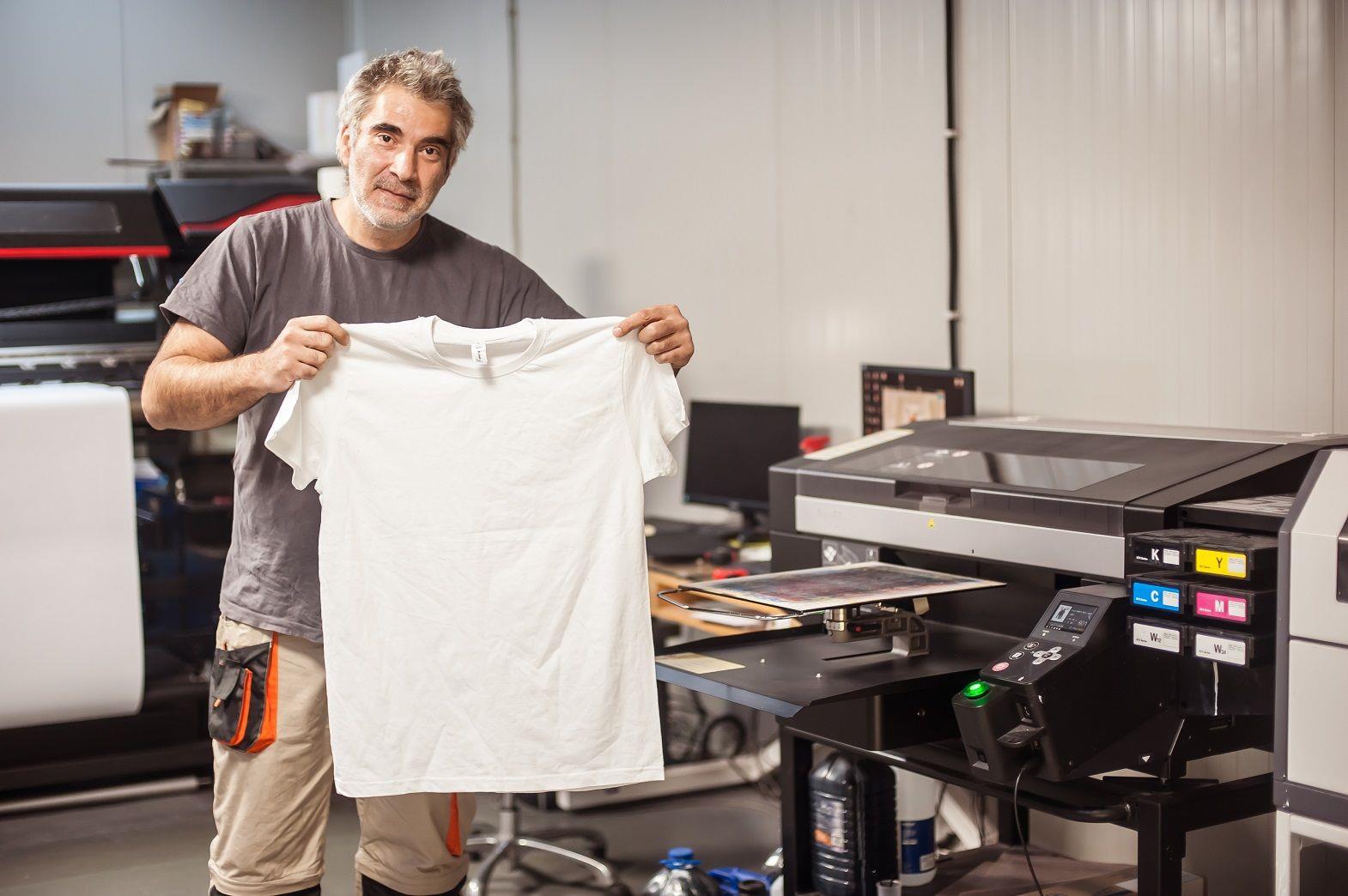Digital textile printing machines have become widely popular in modern times. It involves directly printing on textiles and garments with the help of special inkjet technologies. This is a modern technology and is continuously expanding. Surveys indicate that the overall output by this technology increased by 300 percent during the period from 2000 to 2005. The future of textile printing lies in this automated device.
Before digital textile printing, man made use of various tactics in order to print his clothes in desired colors and patterns. Ancient Egyptians wore printed clothes as back as 5000 BC. They used looms to produce garments and printed designs and patterns on them with the help of paints. The paints were of varied colors and prepared from plants and minerals found on the surface of the Earth or its crust.
Printing on cotton clothes was carried out in India from very ancient times. Wooden blocks were used to print patterns on clothes with hands. It was also used in printing paper. This method of printing was exported to Europe in large parts by the French. French tradesmen through the medium of their colonies in India learnt the art of textile printing and passed it on to their counterparts in Europe.
Gutenberg's printing machine was also used by European textile mill owners in addition to book printing professionals. It was used to print varied patterns and designs on textiles and garments. Specialized inks were used in order to print fabrics. Calico printing, oil cloth printing, and others were some of the types made possible in this printing machinery. It was used in large numbers in the mills of England.
Copper plate printing was also one of the many successful means of textile printing. It was popular in the eighteenth century. The designs in mind were first made on such plates and then transferred to the fabric after applying ink onto the image on the plate. The case was almost the same with roller printing machines. But therein, a cylinder or a roller was used to print images onto the fabric. It considerably reduced human efforts.
Japanese formulated a new technique for printing clothes which came to be adopted all over the world. It was the art of stencil printing on clothes. In this method, only the designs that were not to be colored was covered in paper, fabric, or metal. The rest of the piece of cloth is exposed to color from the surface. This is how the fabric is printed in such a machine.
Digital textile printing machines are expected to outshine all of them. At present, the market is dominated by textile screen printing machines. It is the most advanced mechanism available after digital textile printing machinery in the market. It helps in achieving various effects on the cloth as it involves advanced technology. Digital machinery for printing garments is a step ahead of this technology and is expected to soon conquer the textile market.
Traders generally make use of the screen printing in order to print a large mass of clothes. Since this technology is ancient, it proves to be cheaper for bulk production. Printing clothes digitally may prove expensive, since the technology still has to spread its wings. T-shirts largely use the former. For patterns and designs with clarity and resolution, it is better to make use of the later.
The era of digital textile printing has already begun. Today, textile manufacturers prefer to make use of this technology wherever possible. Further developments are made in this field. But before the dawn of this technology, there were a number of printing methods and machineries in the market. As leaves shed off during autumn to make way for the new, these machineries will cease to exist in the distant future.
References:
- Oecotextiles.wordpress.com
- Emmastextilesketchbook.blogspot.in
- Wikipedia.org
- T-shirt-buyers-guide.org








Comments